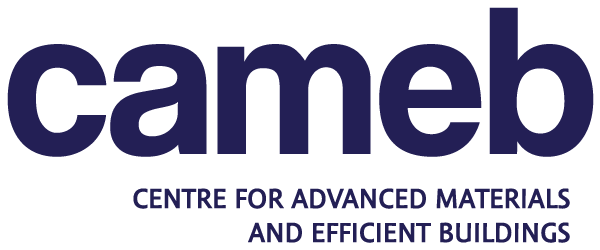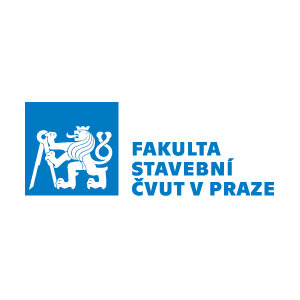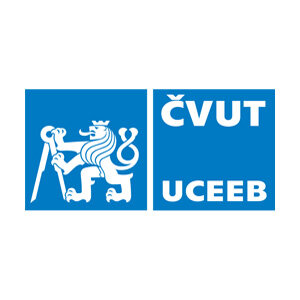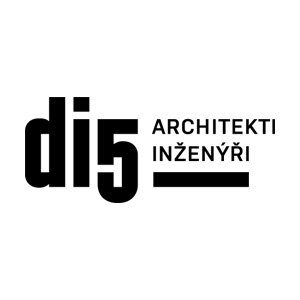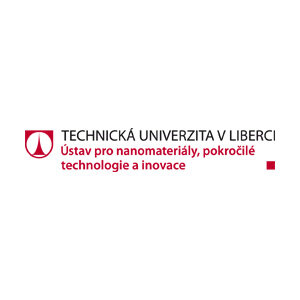Simulation, tests and digitisation for Construction 4.0
The sub-project represents the fulfilment of the architecture and design, simulation and testing and diagnostics and digitisation activity groups. The project focuses on both new buildings and renovations. All research activities have been designed by the industrial partners taking into account both their needs and the capabilities of the academic partners. The priority in architecture, design, simulation and testing is to achieve a better match between design and reality. To this end, a simple building will be constructed on the UCEEB campus to investigate the performance of façade elements. From the outside, the facade structures will be exposed to natural weathering. Inside, it will then be possible to actively maintain the prescribed indoor environment. In the area of digitalisation, this is mainly about a higher degree of automation and recognition when scanning the interior of existing buildings and then using it in BIM. It is about the use of BIM technology in the design of renovations. Unlike new builds, this area is still under-researched. Another area is to use virtual reality to simulate the future use of a property, its layout, installation of technology, furniture and other equipment. A multidisciplinary team consisting of representatives of the industrial partner, builders and computer scientists will identify common principles in the creation of a model enabling subsequent use in construction documentation and BIM, hires-rendering photorealistic outputs, but also in VR/AR devices with limited computing power.
The sub-project was extended in December 2020 until the end of 2022. As part of the extension, the project was extended with new activities and deliverables. At the same time as the extension, Skanska a.s. withdrew from the project and TKP geo s.r.o. became the new partner from the beginning of 2021.
Keywords
Methodology, certification, software, efficient construction, BIM, non-load bearing walls, self-supporting, lightweight partitioning structures, load bearing limit states, acoustic parameters, thermal parameters, real performance, ventilated façade, point cloud
Project results
Determination of maximum heights of non-load-bearing partition walls and shaft walls under Czech conditions
Software for the design of timber frame walls with slab reinforcement function
Assessment of the use of gypsum boards for self-supporting systems
Functional sample of advanced lightweight construction with acoustic properties
Proposal for conversion of declared thermal conductivity coefficient values to design values for typical material applications
Library of 3D thin-walled structural elements and database of their mechanical and thermal properties
Functional sample of a ventilated façade optimised on the basis of a thermal analysis
Evaluation - summary research report
Software to support the introduction of VR/AR in the process of preparing the design documentation of the building
Demonstration verification of the VR preparation process
Library for recognition of basic building elements (column, slab, wall) in a point cloud
Methodology for preparing models and materials for VR/AR simulation environment
Assisted detection of basic BIM model elements from the data cloud
Optimized design of a selected structure for dry construction
Optimised design of ceramic tiles on plasterboard walls
Proven UCEEB acoustic test bench measurement method for plasterboard structures
Optimised construction of ventilated or non-ventilated lightweight facades
Proven technology for special lightweight construction for green roofsSoftware for automated preparation of datasets from 3D building element data for machine learning recognition algorithm and saving manual work
Software prototype for object recognition in building volume representation detection for CitiBIM application output
Software: prototype software for converting detected objects into vector representation
Tool for transforming image records into calibration inputs for behavioral models of human movement
Translated with www.DeepL.com/Translator (free version)
